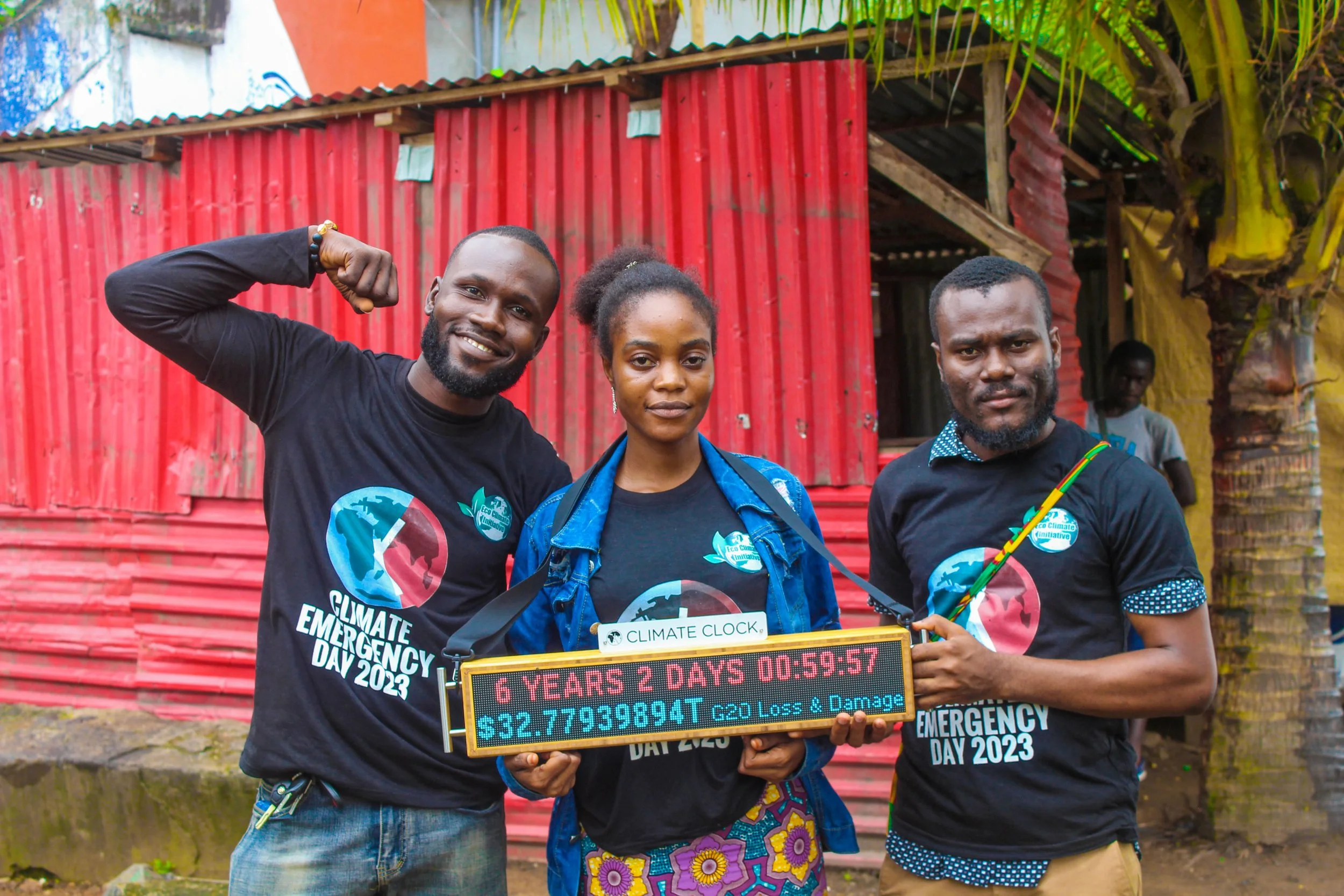Lifeline:
REGENERATIVE AGRICULTURE
Agriculture contributes 18%-21% of global emissions. Moreover, 52% of agricultural soil is degraded, risking famine and the release of 850 billion tonnes of CO2e. Adopting sustainable agricultural practices, like regenerative agriculture, is key to reducing the sector's emissions and improving food security.
Why Regenerative Agriculture is Needed
Every day, the agriculture sector produces ~24 million tons of food and provides livelihood to 2.5 billion people, serving as the largest source of income for poor and rural households. However, if current agriculture-caused land degradation continues, crop yields are expected to fall by 10% across the world, and up to 50% in certain regions by 2050.
To keep global warming below 2°C, stop biodiversity loss, redress inequalities in food access, malnutrition and hunger, and ensure there is enough quality soil to feed the world, the global agricultural sector will need to raise food production by 60-70% and simultaneously regenerate soil on more than 1.6 billion hectares of cultivated farmland.
Without fundamental reform, the current global food system will be unable to sufficiently improve soil health, ensure food and livelihood security, and adapt to and mitigate climate change. Rapidly scaling up the practice of regenerative agriculture is one key pathway for transforming the global food system.
Regenerative agriculture aims to maintain vegetation cover throughout the year via crop rotation and perennial crops, reduce soil degradation, increase diversity of soil organic matter, maximize nutrient and water use efficiency by crops, integrate livestock management with improved grazing practices, and minimize dependence on chemical fertilizers and pesticides.
The Goal: Scale Regenerative Agriculture
The goal is to scale regenerative agriculture practices worldwide to restore soil health, enhance biodiversity, and reduce the sector’s carbon footprint. This will also contribute to achieving food security and increasing resilience to climate impacts.
Data
The global land area certified by Regenagri* as regenerative agriculture measures 1,302,905 hectares, a 43-fold increase since December 2020. Between 2022-23, Regenagri noted an average greenhouse gas emission reduction of 1.5 tonnes CO2eq. per hectare under regenerative agriculture and 0.7 to 1 tonnes CO2eq. carbon sequestration per hectare.
How to Use This Lifeline:
Support regenerative agriculture by advocating for policies that incentivize sustainable farming practices. Educate others about the benefits of regenerative agriculture and encourage local farms to adopt these practices.
VIEW LIFELINES
Renewable Energy
Tracking the percent of global energy coming from renewable sources – wind, water, solar, and bioenergy. It currently stands at 13.5% and is rising, but extremely slowly.
Indigenous Land Sovereignty
Displays the total area of land and inland waters currently managed by Indigenous Peoples and Local Communities (IPLCs) worldwide.
Climate Finance
Tracks the climate debt owed by wealthy, high-emitting G20 countries for the impacts their carbon emissions have caused, especially to those in "developing" countries.




